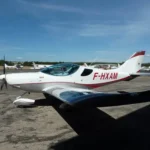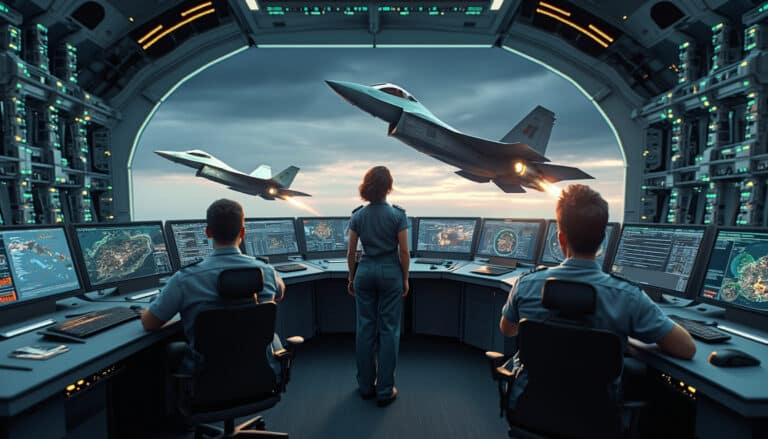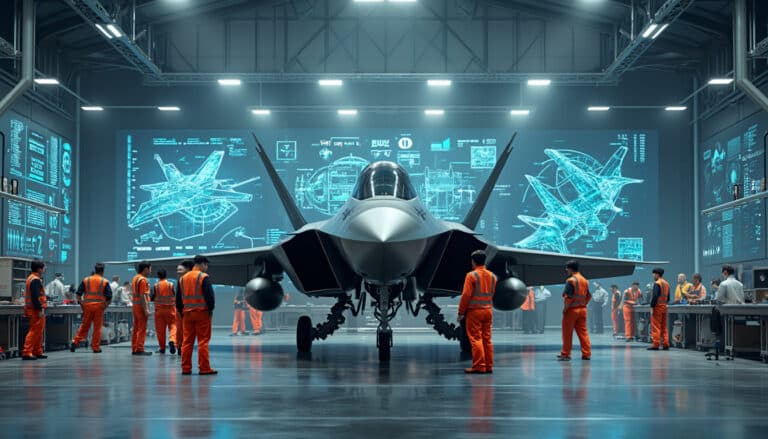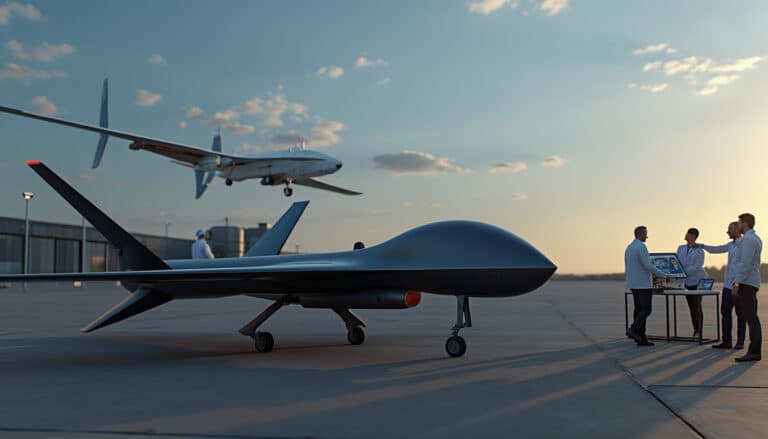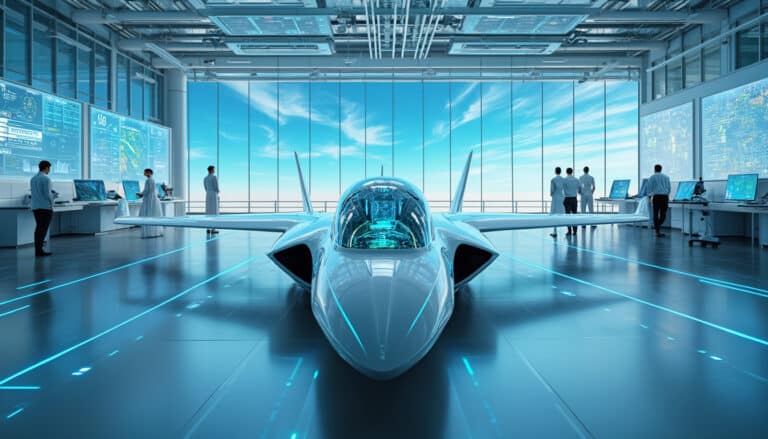Aeronautics, a true driver of innovation and modern mobility, finds itself at a crossroads, between tradition and future. A sector in full evolution, it shapes our daily lives while responding to unprecedented technological, economic and environmental challenges. Far from being static, the aeronautical world constantly adapts to new requirements and aspires to improve its performance. With a growth in labor needs and one dynamic recovery post-health crisis, the industry is seeing fascinating opportunities emerge, both for engineers and technicians. The figures speak for themselves: the market for aeronautical services is expected to expand almost exponentially in the next two decades, reaching revenue of 290 billion euros. At the same time, the international dynamic and the need toconstant innovation encourage players in this sector to rethink their strategies.
Thus, aeronautics is not content with being a pillar of the economy, it asserts itself as a real catalyst for progress andtechnological evolution, promising a future rich in discoveries and transformations. This exciting exploration of the skies questions us about the issues that will shape our aviation of tomorrow.
There aeronautical discipline is currently undergoing a major transformation, fueled by technological advances, changes in consumer behavior and growing awareness of environmental issues. This dynamic sector, encompassing aircraft design, manufacturing and maintenance, finds itself at a crossroads where innovation And sustainability intertwine.
Table des matières
ToggleThe challenges and opportunities of technological innovation
In the context of the industrial revolution 4.0, the aeronautics sector must redouble its efforts to remain competitive. Technologies such as artificial intelligence (AI), additive manufacturing and data analytics play a crucial role in how aerospace companies design and manufacture their products. For example, AI helps optimize design processes, reducing development times and costs.
Another opportunity lies in the exploitation of robotics and automation in production chains. By integrating collaborative robots, or cobots, businesses can improve employee safety while increasing productivity. To maximize these benefits, it is essential to train workers in new technologies and ensure their upskilling.
Strategies to increase the sustainability of the aviation sector
Awareness of the environmental impacts of transport has led to initiatives aimed at strengthening sustainability in aeronautics. The transition to greener fuels and less polluting technologies is now a priority. Companies are investing in research into electric or hybrid aircraft. This requires not only technical innovations, but also a radical change in energy supply.
For industry players, adopting sustainable practices is also a way to improve their brand image and attract increasingly environmentally conscious customers. Collaborating with partners in the development of green technologies or joining initiatives such as Paris agreements can strengthen this approach.
Finally, by integrating circular economy methods, the sector can reduce its waste while optimizing the use of resources. This involves the reuse and recycling of materials, which can not only lower costs but also create new business opportunities.
Career prospects in the evolving aerospace industry
As the industry evolves, profiles sought are diversifying. Aerospace engineers are now required to have strong data and project management skills. Training must adapt quickly to include elements of big data, cybersecurity and software engineering.
Another booming sector is that of aeronautical maintenance, particularly with the rise of drones and new damage detection and repair technologies. Maintenance professionals must be prepared to face technical challenges while taking into account increasingly strict safety standards.
Students and recent graduates interested in the aeronautics sector must also be proactive in gaining experience through internships or projects. Networking and attending industry conferences can be very beneficial for their professional development.
In short, the aeronautics sector is at a crossroads, facing unprecedented challenges but also promising opportunities. By integrating technological innovation, adopting sustainable practices and preparing new generations of professionals, it is possible to transform these challenges into growth levers.
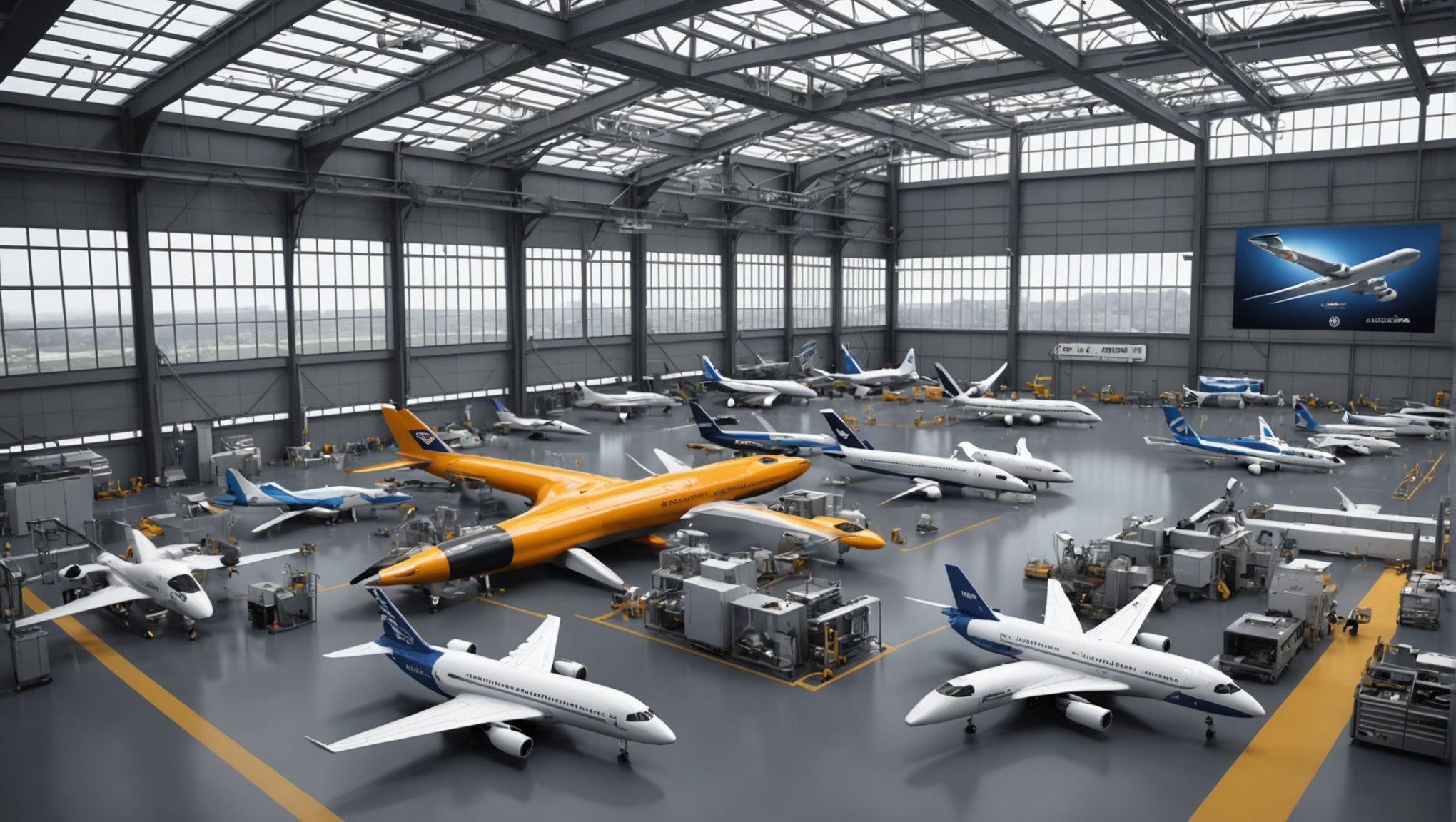
✈️Aéronautique et transport aérien : l’année 2024 au beau fixe, mais…⤵️
— Le Point (@LePoint) April 25, 2024
Par @TVigoureux#ConstructionAéronautique #TransportAérien https://t.co/CuRWWyevLY
Aeronautics FAQ
What characterizes the aeronautics sector today? L’aeronautics is marked by a strong growth, stimulated by the post-health crisis economic recovery and the increased need for innovation and infrastructure modernization.
Why is the aeronautics sector experiencing increased demand for labor? The strong recovery after the health crisis led to a significant increase in staffing needs qualified for various positions in design, manufacturing and service areas.
What are the main challenges facing the aeronautics sector? The sector must face challenges such asinternationalization, the increase in production rates and the imperative to adopt innovative technologies in order to remain competitive.
What is the future of the aviation services market? Forecasts indicate that the global market for aeronautical services is expected to almost double in the next twenty years, reaching revenues of 290 billion euros.
How to train to work in aeronautics? To enter this sector, it is essential to follow specialized training, often offered by engineering schools which focus on aeronautical and space disciplines, in order to develop the necessary skills.
What types of careers are available in this field? Opportunities vary, including positions ofengineers, maintenance technicians, project managers and specialists in technological innovation, reflecting the diversity of the sector’s needs.
What are the significant innovations in aeronautics? Recent innovations relate to advances in security, energy efficiency and information technologies that transform the flight experience and flight operations.















